Round and Round in Afghanistan
The good news is that President Obama's strategy in Afghanistan is "on track." The bad news is that the track runs in a circle.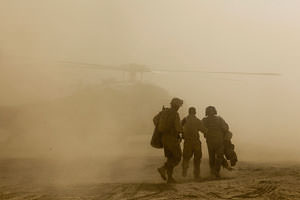
The good news is that President Obama’s strategy in Afghanistan is “on track.” The bad news is that the track runs in a circle.
There have been “notable operational gains” in the fight against al-Qaida and the Taliban, according to a National Security Council-led assessment released Thursday, but this progress is “fragile and reversible.” This sounds like a bureaucratic way of admitting that we take two steps forward, followed by two steps back. Indeed, the review acknowledges that after nine years of war, “Pakistan and Afghanistan continue to be the operational base for the group that attacked us on 9/11.”
What’s not reversible is the human toll of Obama’s decision to escalate the war. This has been by far the deadliest year for U.S. forces in Afghanistan, with 489 killed. It has also been a brutal year for Afghan and Pakistani civilians caught in the middle of what increasingly looks like a classic war of attrition — except with missile-firing robot aircraft circling overhead.
Similarly irreversible is the enormous cost of the war — about $120 billion a year — at a time when the federal government is running a trillion-dollar deficit and municipalities are so broke that police officers, firefighters and teachers are being laid off.
And where are we, progress-wise? Further along, but not in any direction that makes sense. There are basically two distinct wars being fought in Afghanistan, and in both of them we’re being thwarted by our friends, not our foes.
In the eastern part of the country, U.S. and allied forces are trying to wipe out Taliban and al-Qaida militants who terrorize the local population and take advantage of the steep, forbidding, almost impassable terrain. But when enemy fighters are under severe pressure, they just slip across the border into Pakistan, where officials allow them to maintain safe havens.
A summary of the White House war assessment notes that eliminating “extremist safe havens” is essential. It notes that Pakistan — ostensibly our ally — has done much, but clearly not enough, to deny sanctuary to the enemy. But then the summary retreats into mushy language about how we’d like to see “greater cooperation,” how we need not just military action but “effective development strategies,” and how “another session of the U.S.-Afghanistan-Pakistan trilateral dialogue” will surely help.
“We will continue to insist,” Obama said Thursday, “that terrorist safe havens … must be dealt with.” But the truth is that we are unable to get the Pakistanis to do more and we’d cause a political crisis if we did the job ourselves. So the enemy will continue to have a cozy place to hide.
The other war is in the south, where Gen. David Petraeus is trying to implement a counterinsurgency strategy, which requires winning the trust and allegiance of the population. There, it’s our Afghan allies who block the path toward success.
President Hamid Karzai’s government is widely seen as pervasively corrupt. It is axiomatic that a counterinsurgency campaign can only work if the local government is seen as legitimate, effective and at least reasonably honest. Otherwise, a given town will stay “pacified” only as long as U.S. troops are present. When the soldiers leave — and the enemy comes calling — townspeople are unlikely to put their lives on the line for an unworthy regime.
“We are on track to achieve our goals,” Obama insisted. But if this were true, you’d think that Afghans would be increasingly optimistic. In fact, Afghans are becoming gloomier about their country and less confident about the ability of U.S. forces to provide security, according to a recent poll by The Washington Post and several other news organizations.
A year ago, 61 percent of Afghans supported Obama’s troop surge; now, only 49 percent approve of the escalation. Nearly three-fourths of Afghans believe the government should negotiate a peace settlement with the Taliban, and more than half believe U.S. and allied troops should begin to leave by mid-2011, as Obama has promised.
It’s now clear that any withdrawal beginning next summer will be modest. But assuming that Obama does follow through, the U.S. military presence in Afghanistan is now at its zenith — about 100,000 troops. Is it reasonable to think we’ll do any better with, say, 90,000 troops? Or 80,000?
No, it’s not. But more young Americans will be killed by roadside bombs, more Afghan and Pakistani civilians will be blown to bits by missiles fired from drones, and our war policy will remain “on track” — to nowhere.
Eugene Robinson’s e-mail address is eugenerobinson(at)washpost.com.
© 2010, Washington Post Writers Group
Your support matters…Independent journalism is under threat and overshadowed by heavily funded mainstream media.
You can help level the playing field. Become a member.
Your tax-deductible contribution keeps us digging beneath the headlines to give you thought-provoking, investigative reporting and analysis that unearths what's really happening- without compromise.
Give today to support our courageous, independent journalists.

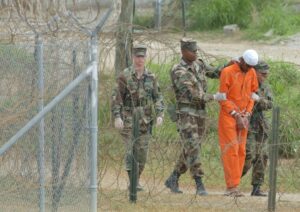
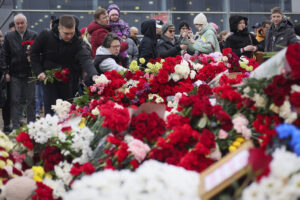
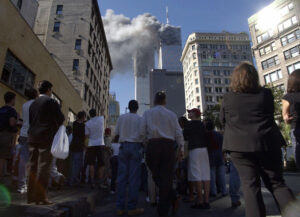
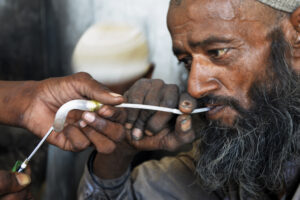
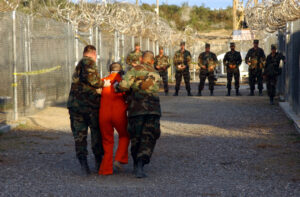
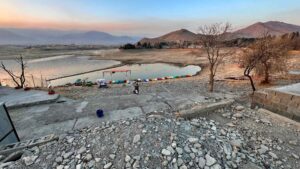


You need to be a supporter to comment.
There are currently no responses to this article.
Be the first to respond.